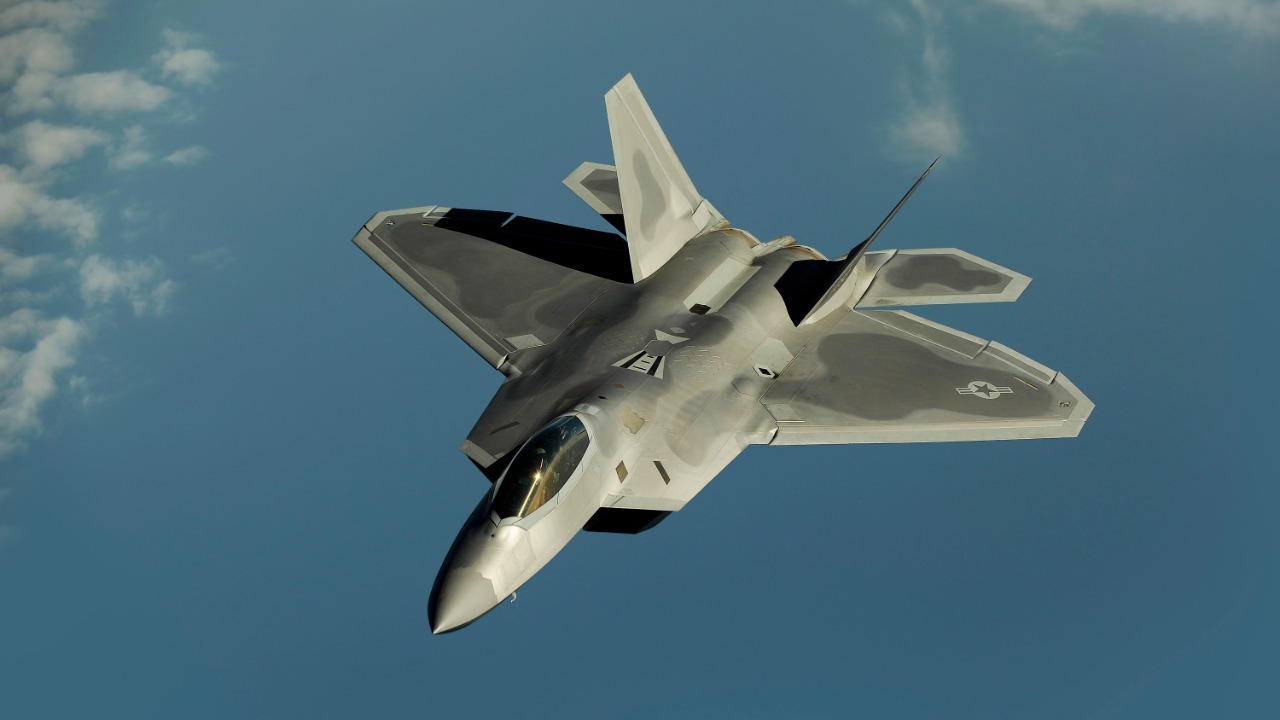
The U.S. Air Force is ushering in a new era of aerial combat with the development of the F-47, a sixth-generation stealth fighter jet set to replace the aging F-22 Raptor. With production already in progress, the F-47 is expected to take its first flight in 2028, marking a significant milestone in the evolution of fighter jet technology.
Background on the F-22 Raptor
Since its introduction in the early 2000s, the F-22 Raptor has served as the premier fifth-generation stealth fighter for the U.S. Air Force, designed for air superiority missions. However, the F-22 has faced operational limitations, including high maintenance costs and a production halt in 2011, leaving the fleet at around 180 aircraft. The need for a successor to the F-22 is part of a broader strategic requirement by the USAF to replace legacy platforms in response to evolving global threats.
The Emergence of Sixth-Generation Fighters
The transition from fifth to sixth-generation aircraft represents a significant leap in technology, with advancements in stealth, sensor fusion, and unmanned integration surpassing the capabilities of the F-22 Raptor. The F-47 has been designated as America’s sixth-generation stealth fighter, with new details emerging on its design features such as adaptive engines and AI-driven systems. The USAF’s Next Generation Air Dominance (NGAD) program has been instrumental in the development of the F-47, ensuring air dominance in contested environments.
Key Design and Technological Features of the F-47
The F-47 boasts several stealth enhancements, including advanced radar-absorbent materials and low-observable shaping, which provide superior stealth capabilities compared to the F-22. The aircraft also features integrated propulsion systems, such as variable-cycle engines, enabling supercruise and extended range for global strike missions. Furthermore, the F-47 incorporates collaborative combat aircraft (CCA) capabilities, allowing it to operate with drone swarms for multiplied force projection.
Development Timeline and Milestones
The F-47 has progressed from concept to prototype, with initial design phases accelerating under USAF directives since the early 2020s. The U.S. Air Force Chief of Staff has confirmed the first flight date of 2028 for the F-47 next-generation fighter jet. Following this milestone, iterative testing phases will commence, aiming for initial operational capability in the early 2030s to phase out the F-22 fleet.
Production Status and Manufacturing Advances
The US Air Force has started production of the F-47 sixth-generation stealth fighter, with low-rate initial production (LRIP) commencing on September 23, 2025. Prime contractors such as Lockheed Martin and Boeing are partnering with the USAF to scale F-47 assembly lines at facilities in Texas and California. Supply chain integrations for critical components, such as next-gen avionics, are also being addressed to meet accelerated timelines despite budgetary constraints.
Challenges Facing the F-47 Program
Despite the progress, the F-47 program faces several challenges. Persistent issues such as cost overruns and technical integration hurdles have been haunting the US Air Force. Geopolitical pressures, including competition from China’s J-20 and Russia’s Su-57, are driving urgency for the F-47 to counter peer adversaries. Additionally, debates within the USAF regarding workforce and funding are ongoing, with calls for congressional support to sustain momentum toward full-rate production.
More from MorningOverview